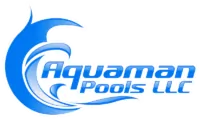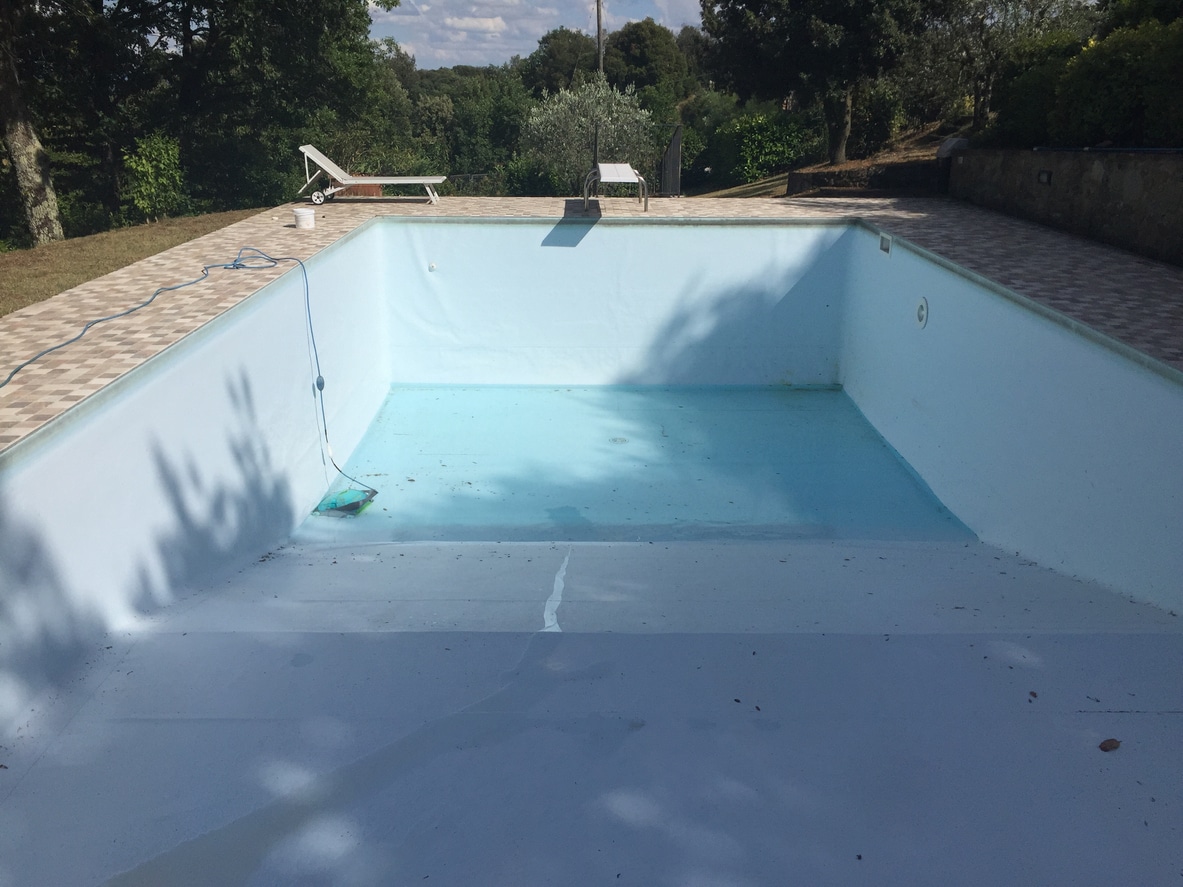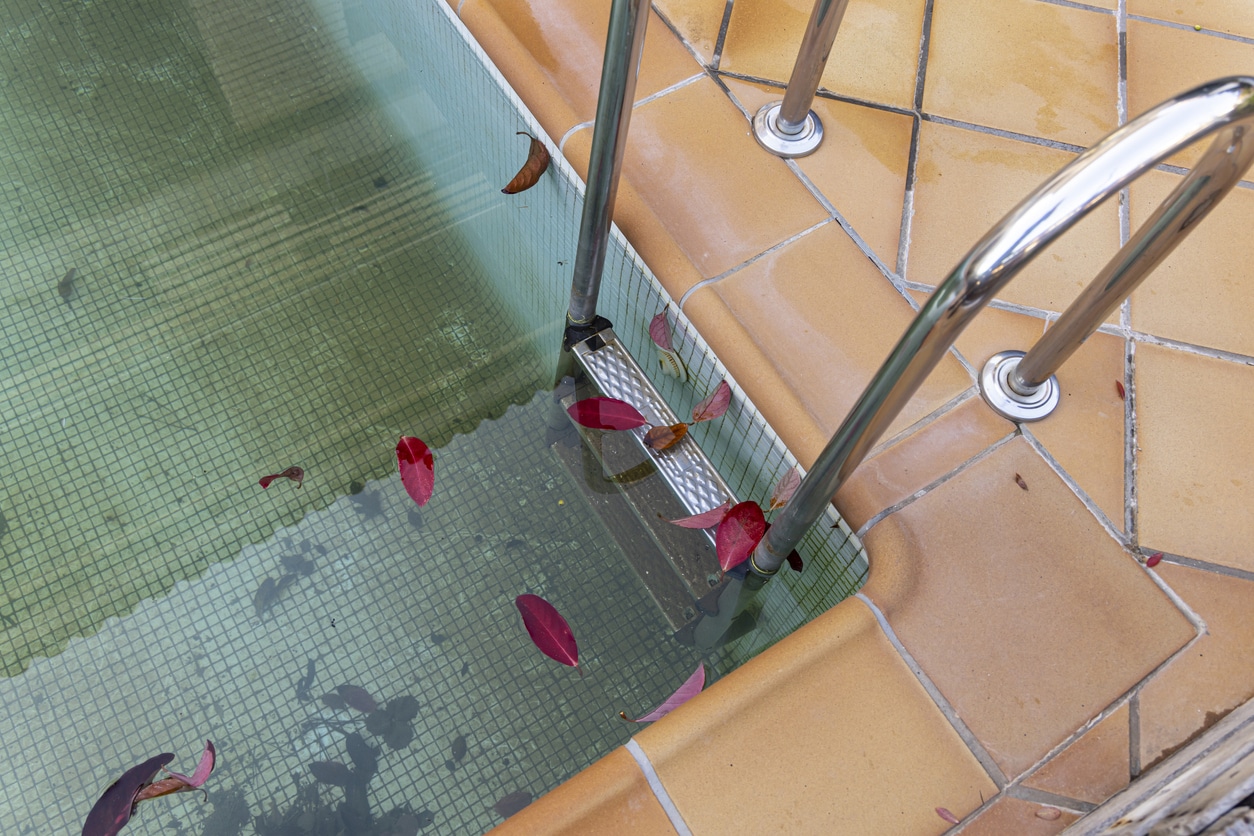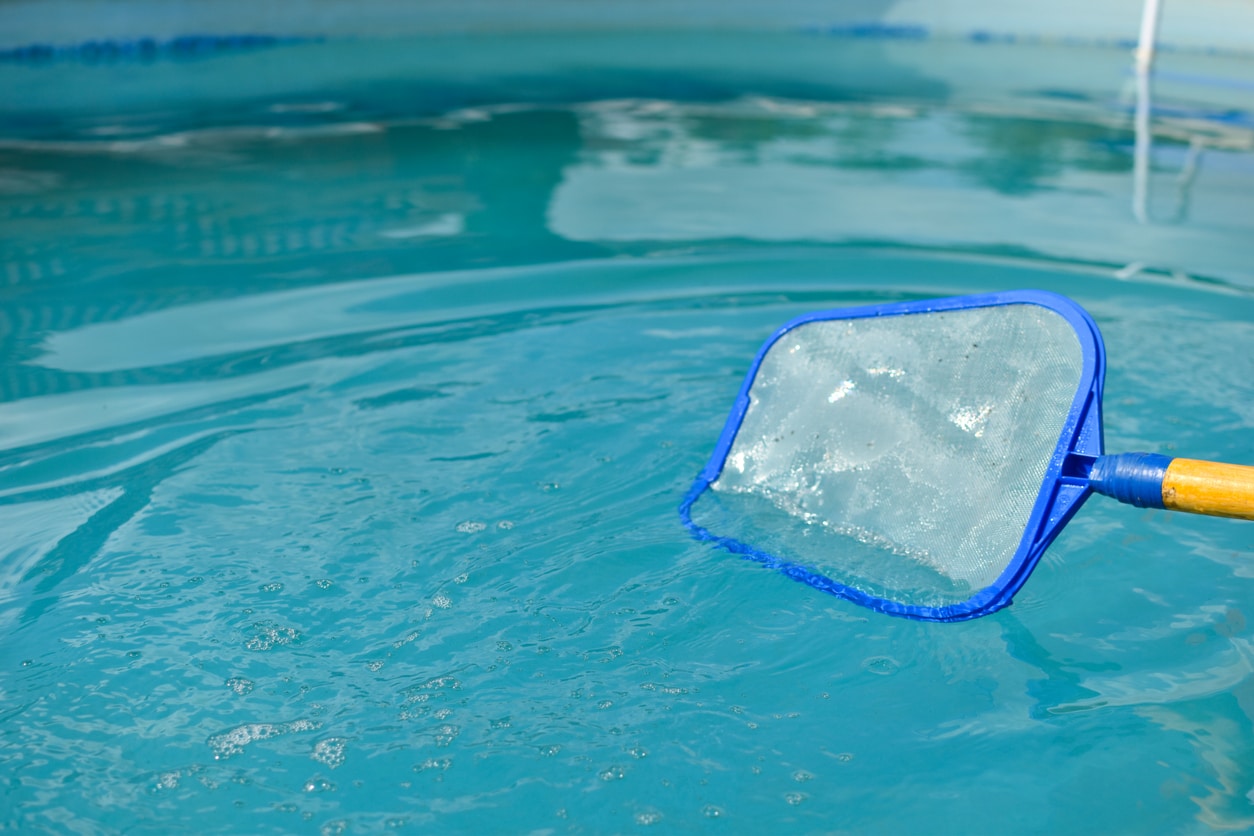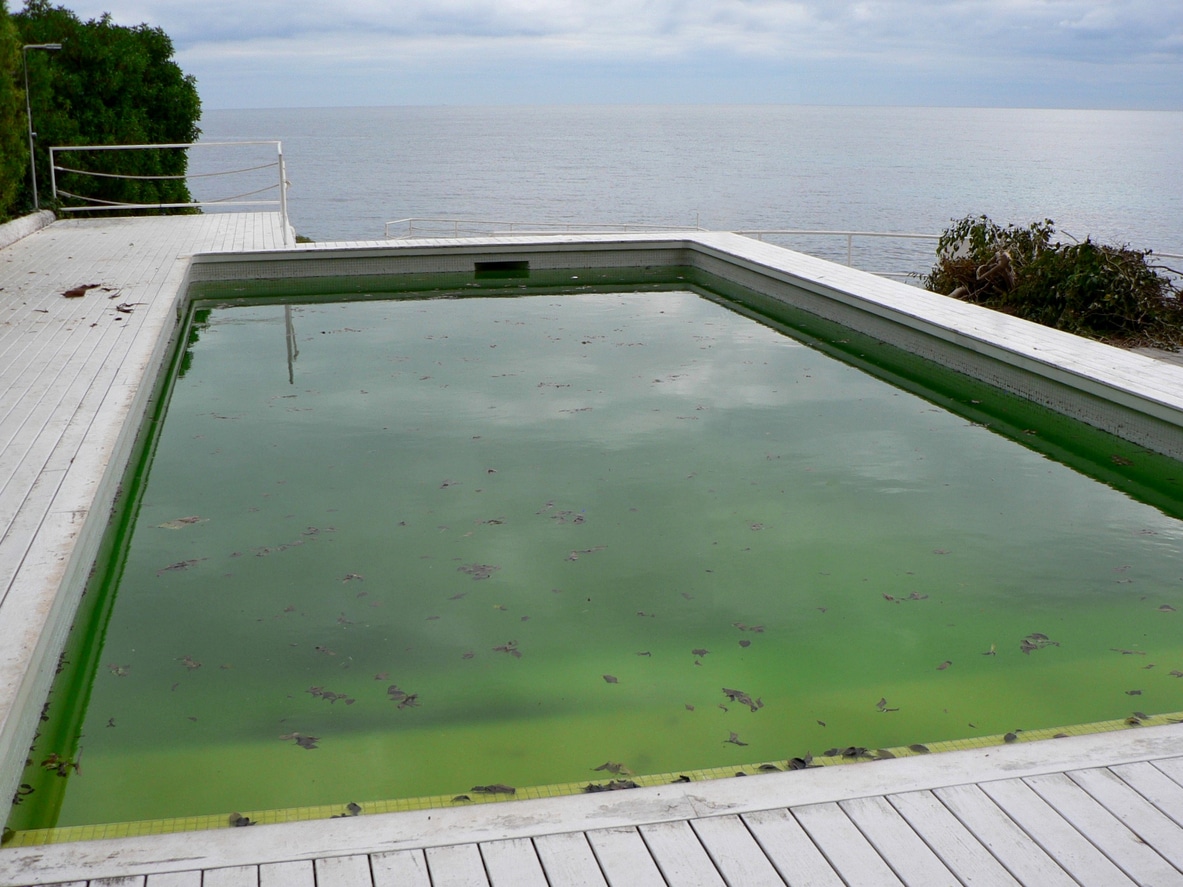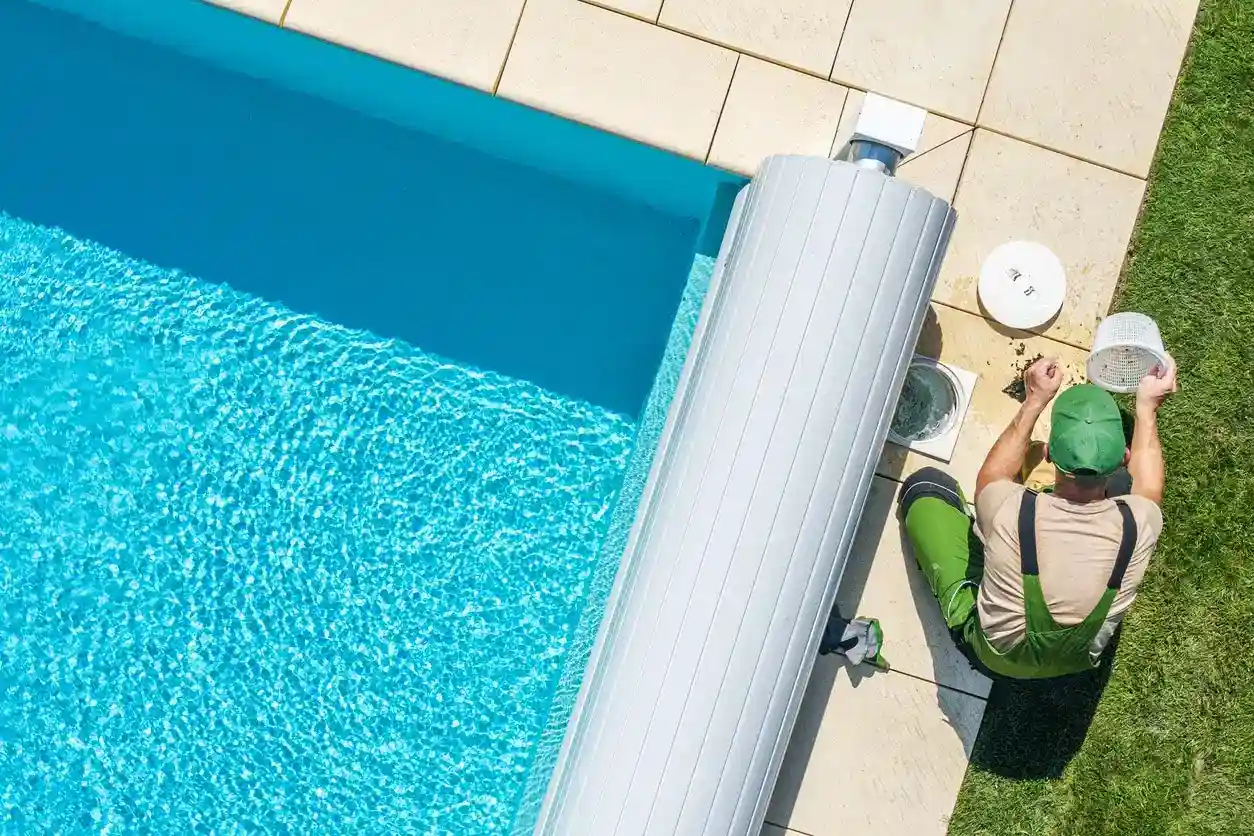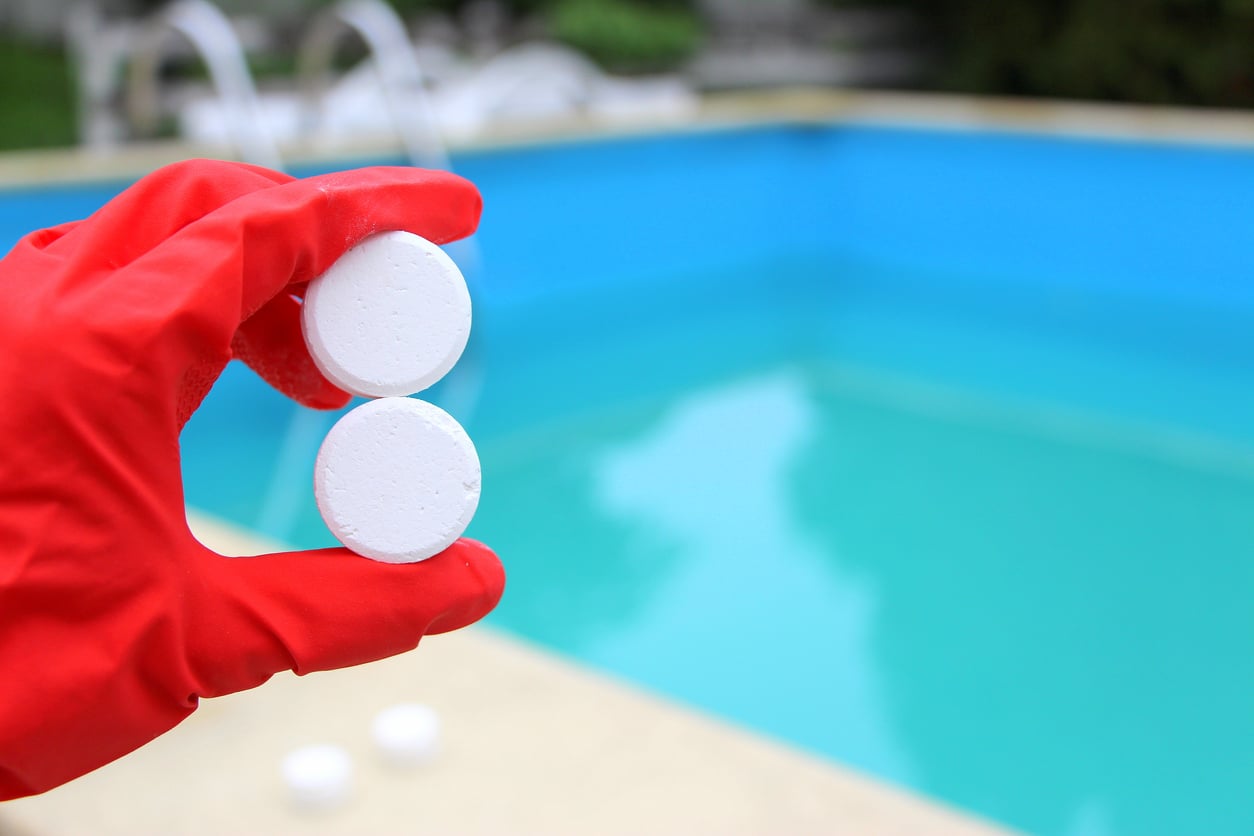Serving Scottsdale and Surrounding Areas

Backwashing 101: What You Need to Know
One of the regular maintenance practices pool owners will come to value for the health of their pool is the habit of backwashing. Backwashing is the process of reversing the flow of water through the filter to remove any built-up contaminants.
One of the key components of swimming pool equipment is a filtration system. Filters keep the pool clean, but it’s the pool owner’s responsibility to oversee the system and perform regular maintenance to help the filters do their job, which is to keep the pool clean. As pool water passes through the filter – usually a diatomaceous earth (D.E.) or sand filter – it can leave behind debris that slowly builds up over time.
While the type of pool filter will give varying instructions on how to backwash, the backwashing process is generally the same. Below is a crash course in backwashing and all of the information a pool owner will need to get started on this simple yet necessary process.
Know the Filter Type and Look for Instructions. Pool owners should know what type of filter they have and follow the instructions when it comes to backwashing. For D.E. filters, it’s important to know the square feet of the filter.
Sand Filter Backwashing. Sand filters usually require a backwash hose and pool owners will have to turn their filter system off, turn the valve to the backwash setting, let the water run out from the hose, rinse and then filter.
D.E. Filter Backwashing. For a D.E. filter, the pool owner needs a backwash hose
Diatomaceous earth powder and a one-pound D.E. scoop (an empty one-pound coffee can also works). The square feet of the filter will dictate how much of the powder will be used (see instructions on the powder container). Pool owners will have to turn their filter system off, turn the valve to the backwash setting, let the water run out from the hose, rinse and then filter. From there, the powder needs to be added and then the strainer basket lid needs to be removed. Once the powder is added, the pool pump needs to run for at least 30 minutes.
Properly Dispose of Backwashing Fluid. When you backwash, you are removing gallons upon gallons of water from your pool. The pool owner needs to check city ordinances and recommendations of where the water should go, and these options could include storm drains, plumbing cleanouts or dry wells.
Regularly Backwash the Pool. The pressure gauge readings will dictate how often backwashing is necessary. It’s time to backwash when the pressure gauge reads 10 pounds per square inch (psi) above the normal operating level.
Backwashing can be a little overwhelming, especially for pool owners who have never done it before. Aquaman Pools LLC is a resource for individuals who want help in the process to make sure their pools stay sparkly clean.
